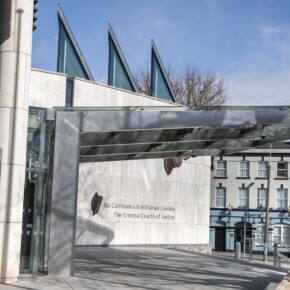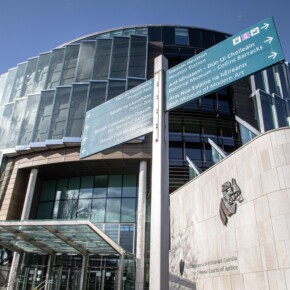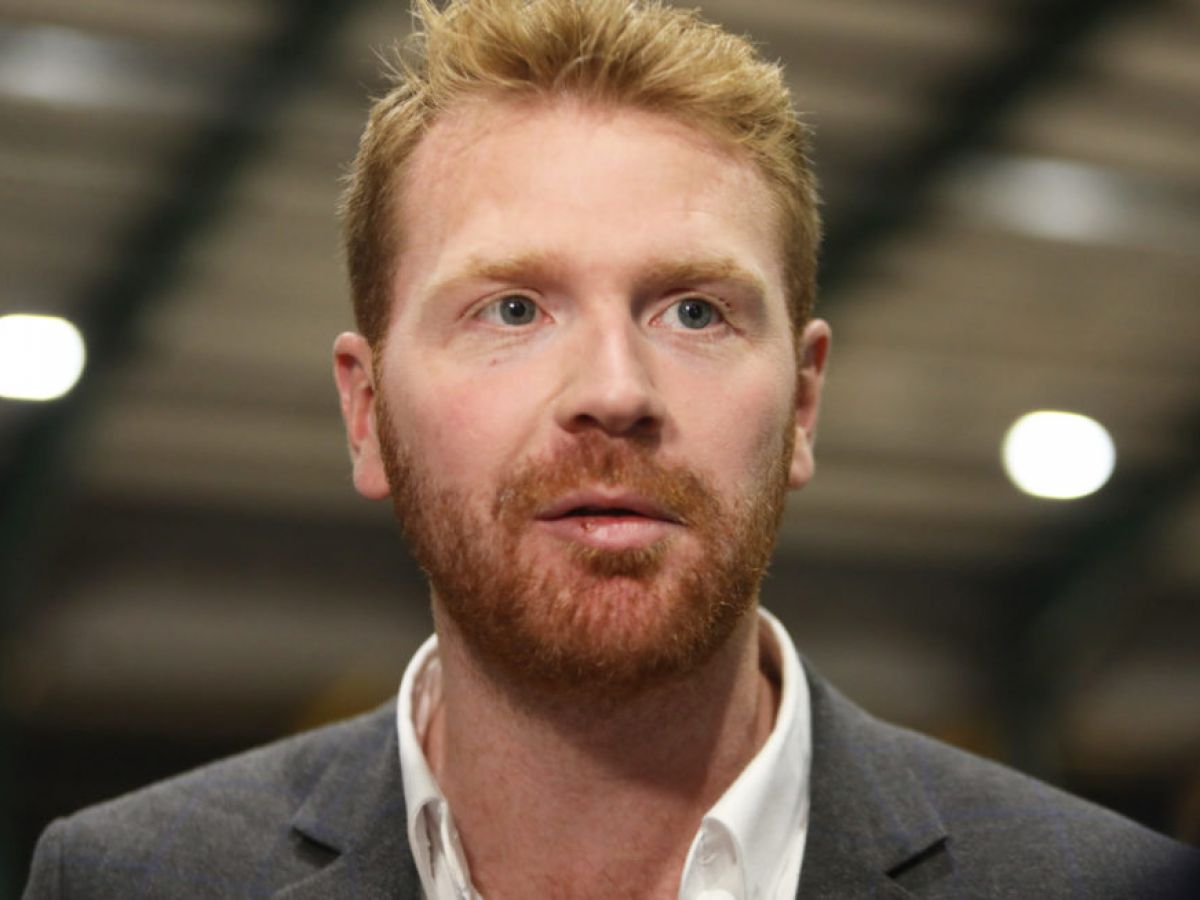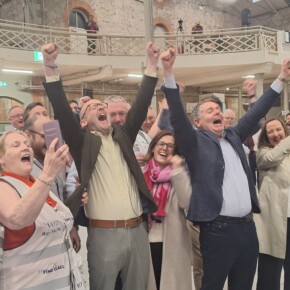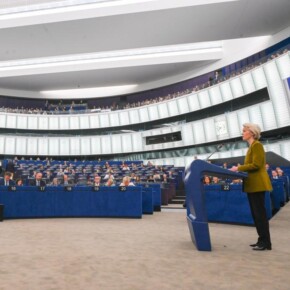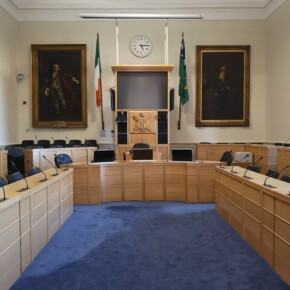Fine Gael show still on the road, one year after Varadkar stepping down
Mike Finnerty 09 Apr 2025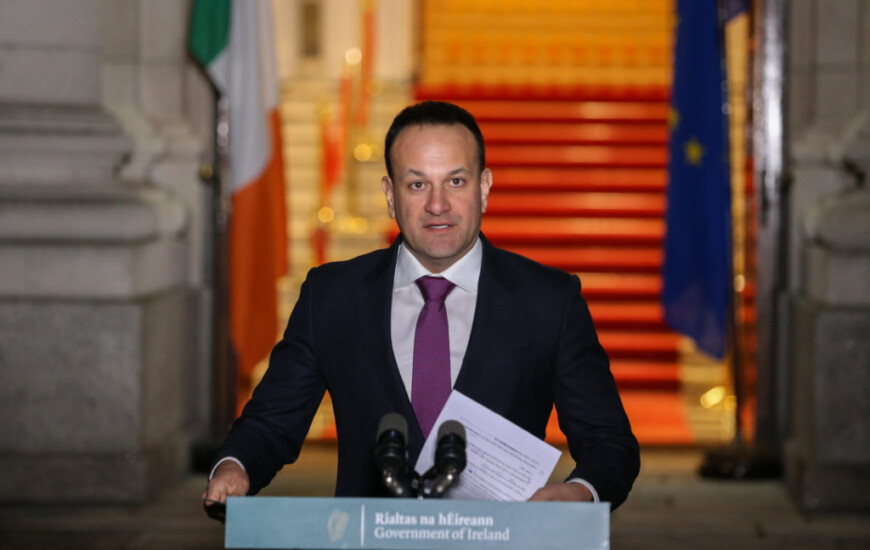
When Leo Varadkar stepped down from the office of Taoiseach last April, we wrote, “Varadkar will go down as one of the more significant people to hold the office of Taoiseach.”
We described Vardakar as having something of a reformer streak; Varadkar’s first term as Taoiseach saw Ireland pass a referendum to liberalise Ireland’s abortion laws, navigate the choppy waters of Brexit and the first Trump era.
Varadkar’s second term, as brief as it was, saw the lifting of the no-fault eviction ban, a move which directly correlates with homeless figures repeatedly breaking record highs, the aftermath of the Dublin riots, two failed referendums, and a crisis in special education reaching a breaking point.
Varadkar’s stepping aside ultimately culminated in Fine Gael, who had been left for dead after a wave of retirements and incumbents announcing they were stepping down, snatching victory from the jaws of defeat.
The immediate aftermath of Varadkar’s stepping down and Simon Harris’ elevation to the role of Taoiseach provided the shot in the arm the party needed ahead of the local elections.
Fine Gael became the biggest party in each of the four Dublin local authorities (in the case of Fingal, they tied with Labour) in last year’s local elections and secured the most first preferences out of any party nationwide (by exactly 411 votes).
In November’s general election, the party managed to secure 3,000 more first preferences in the 2024 general election than they had managed in 2020, with the caveat that there were 14 new Dáil seats up for grabs.
In the case of Fine Gael, the party managed to successfully distance itself from the staleness of the Varadkar years.
Towards the end of Varadkar’s final term as Taoiseach, there was a sense that there was a languid, tired energy in Fine Gael and that a fresh coat of paint was needed.
The twin defeats of the referendums on Family and Care in March 2024 turned into the one thing every government fears; a simple referendum turned into a referendum on the government itself.
Somehow, no one seemed to mind all that much when Simon Harris, who had been a Cabinet member since 2016, found himself as the youngest Taoiseach in the nation’s history.
Harris broke two records in his time as Taoiseach; youngest, and the one with the shortest term in office.
Harris may get the chance to rectify that latter stat if the government manages to survive until the winter of 2027 (and let’s face it, what is Irish politics if nothing but a string of comebacks).
With Fine Gael the junior partner in coalition alongside former rivals Fianna Fáil, now feels like a good time to reflect the state of the party 14 years into their return to the halls of power.
The party were turfed out of power in 1997 to make way for Bertiemania and his backing group, the Magical Deregulatory Progressive Democrats.
14 years in opposition led directly to 14 years (and counting) in power with the party they once claimed to be diametrically opposed to; Fianna Fáil.
The Tallaght strategy of the late 1980s, where the two parties worked in lockstep to pursue the same economic goals and the confidence and supply arrangement of 2016 were the first seeds of what became a grand coalition in 2020.
Previous comments from Micheál Martin where he said a coalition between Fianna Fáil and Fine Gael “were not in the interests of the Irish people” and Varadkar, a year out from becoming Fine Gael leader, said, “it’s actually about trust and we just don’t trust them” were magically forgotten.
Of course, both parties were willing to put differences aside if it meant keeping Sinn Féin from the door.
Fine Gael still remaining in government despite the 14-year incumbency owes as much to the fresh injection of energy from Simon Harris as it does to Sinn Féin’s newfound ability to snatch defeat from the jaws of victory.
Weeks before becoming Taoiseach in 2017, Varadkar launched a campaign as Minister for Social Protection with the slogan “Welfare Cheats Cheat Us All”.
The campaign played into all of the stereotypes people think of when they think of Fine Gael – you’d invite them to your house to watch Eurovision, but don’t ask them for their opinions on homeless people.
Five years later, at the height of the cost of living crisis, Fine Gael’s Minister for Social Protection Heather Humphreys announced a suite of measures designed to abate the crisis, stating, “I suppose it comes back to that old adage – work to live, don’t live to work. I think the pandemic brought that home for a lot of people and made them reassess what’s truly important.”
With Fine Gael holding the pursestrings, Paschal Donohoe and Humphreys oversaw the biggest social welfare budget in over a decade in 2022, at the peak of the cost of living crisis.
It can be surmised that Fine Gael saw Sinn Féin’s then sky-high polling (at one stage in summer 2022, Sinn Féin were polling at 36% and ended up at less than 20% in November 2024’s election) and wanted to bring it back down to earth.
In that case, it succeeded.
Their sudden embrace of government intervention to solve citizens’ problems was borne out of electoral practicality, not because they became really into Adam Curtis documentaries.
Fine Gael MEP Regina Doherty told this very outlet following Donald Trump’s re-election in the United States last November that the Democrats lost partially because they didn’t expand child tax credits.
When the question was posed whether Fine Gael was to the left of the Democrats on economic issues, Doherty replied, “we might be!”
Varadkar’s time as the face of Fine Gael saw the party’s Twitter bio claim the party was of the “progressive centre”, which is a cousin to George W. Bush’s “compassionate conservatism.”
Fianna Fáil successfully saw off a challenge from Sinn Féin to win over the elusive median voter (or what Tony Blair might have called the “Mondeo Man”) but Fine Gael has adapted a grab bag of familiar ideological motifs from across the continent.
A little bit of Angela Merkel’s “Wir Schaffen Das!” energy here, and a dash of “Not Flash, Just Gordon,” there has kept the Fine Gael wagon on the road – for now.


